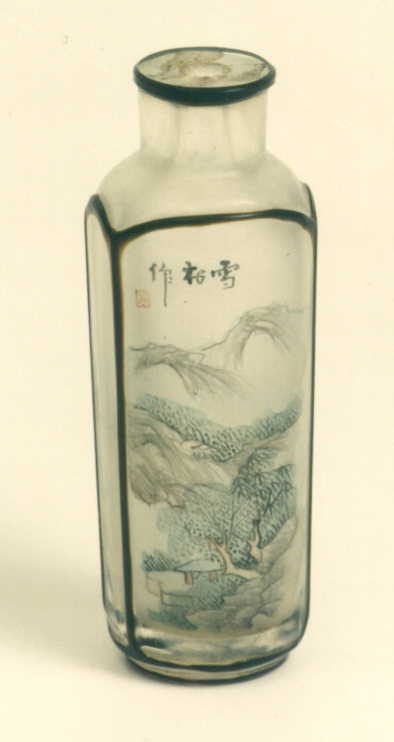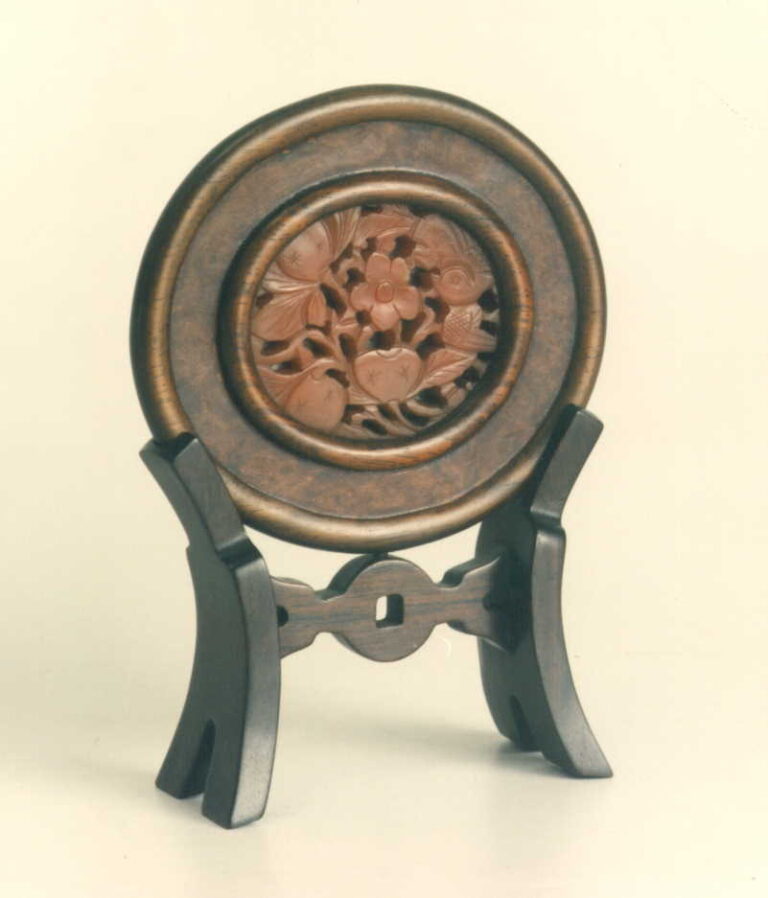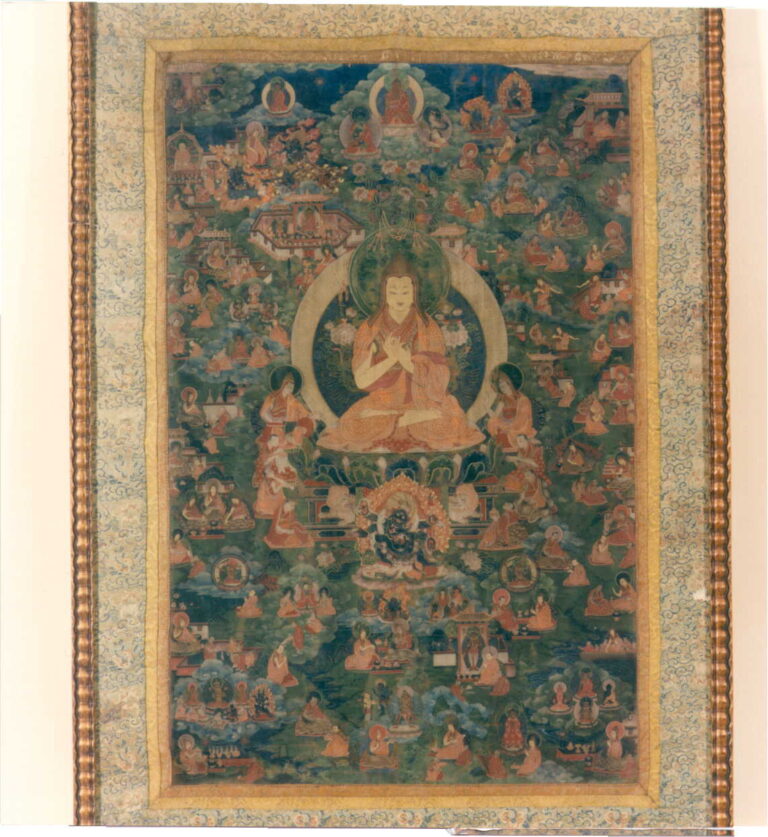THE IMMORTAL ZHONGLI QUAN
In popular Chinese iconography, there are groupings of objects and human beings that allude either to Buddhist symbols (Eight Treasures) or to characters related to popular Taoism, as in the case of the Eight Immortals or Baxian. The Eight Immortals, seven men and one woman, represent characters who by various means managed to drink the elixir of immortality and thus achieve the coveted category of immortality. They allude to the different states of life and human condition: poverty and wealth, aristocracy and plebs, maturity and youth, masculine and feminine. Their immortal character allows them to become visible or invisible, relating their appearances as good omens. Each one of them presents its own representation, with attributes alluding to their condition and characteristics, identifying themselves with their own name. Only three of them are present in the Rodríguez-Acosta collection, Zhongli Quan (cat. 41), He Xiangu (cat. 42), and Gao Guoji (cat. 43). Zhongli Quan is the master of them all. Supposedly he lived during the Zhou dynasty (1121-221 B.C.) as an army marshal, a profession he abandoned to devote himself to meditation. Following this method he managed to know the secret of immortality. He is recognized by his beard and moustache, his hair tied in two side buns, dressed in a tunic that exposes his bulging belly, and carrying a peach -symbol of the Paradise of the Immortals- and a fan. I.C.F. / Extracted from: Isabel CERVERA FERNÁNDEZ: Fundación Rodríguez-Acosta. Asian Art Collection. Granada, 2002.




